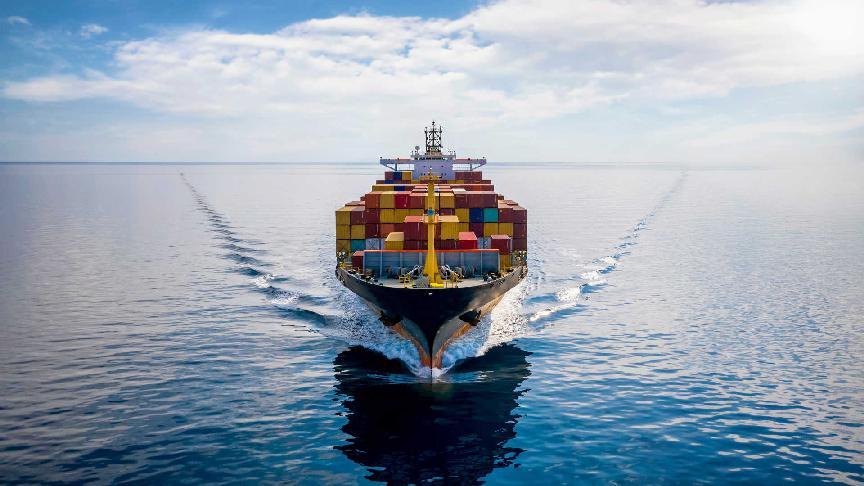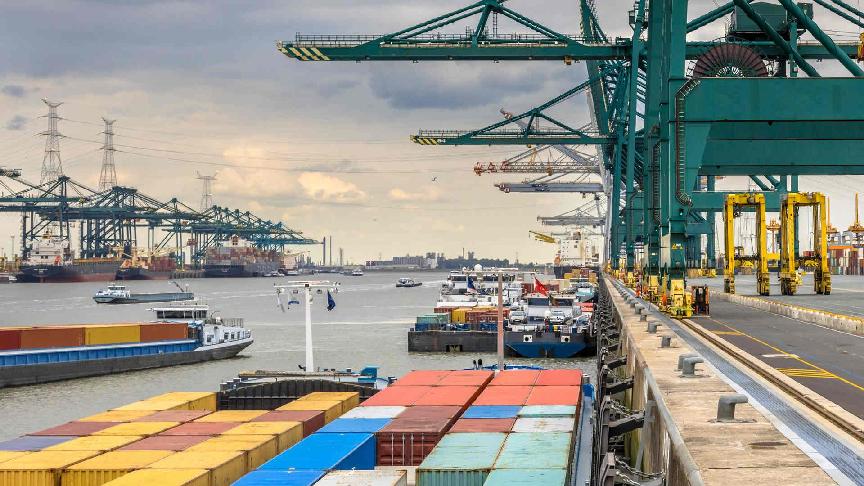22 January 2024 (Lloyd's List) - CONTAINER shipping's Red Sea diversions are not only pushing up freight rates, but also the carbon emissions from vessels taking an extended routing around the Cape of Good Hope.
Despite the best intentions of both the majority of carriers and a large number of their shipper customers to reduce their emissions, the simple rules of physics require that a longer voyage will burn more fuel and emit more carbon.
An analysis of the impact on shippers by Sea-Intelligence said that emissions would also likely rise as carriers sought to increase speeds in order to maintain vessel capacity on their networks, while emissions per teu would also rise as an increasing number of smaller ships were deployed for the same reason.
"The actual change in emissions will vary dramatically, depending on port-port combinations, individual vessels," said Sea-Intelligence chief executive Alan Murphy.
He pointed to two hypothetical trades between Asia and both northern Europe and the Mediterranean. By avoiding the Suez Canal, the distances sailed increased to 28,400 nm and 29,000 nm respectively. In percentage terms, this was an increase of 31% and 66% compared to the Suez routing.
"If the carriers use the exact same vessels, at the exact same speed, the percentage increase in distance is the same percentage increase in CO2 emissions," Murphy said.
But rerouting would require an additional two to four vessels to maintain a weekly service, but if those were not immediately available, carriers could reduce the number of vessels required by sailing their existing one faster.
But Sea-Intelligence calculates that a 1% increase in speed causes a 2.2% increase in fuel consumption, and therefore emissions.
"If we assume in our hypothetical Asia-Europe services that the speed used is 16 kts, and due to the rerouting this increase to 17 kts, it will mean a speed increase of 6.3%," Murphy said. "This in turn would then mean an increase in emissions of 14%."
The type of vessel a cargo is shipped on will also have a major impact on total emissions per teu, he added.
The increase in emissions per container in moving from a 24,000 teu vessel to a 5,000 teu vessel could be as much as 257%.
"If a shipper books their cargo on the same vessel as pre-crisis, the impact comes from the longer distance and the higher sailing speed," Murphy said.
"In this case, a shipper will see an increase of 50% to North Europe and 89% to the Mediterranean."
But if the cargo was shifted to a smaller vessel, the increase was much larger, with emissions rising by 250% on the Asia-northern Europe voyage and 350% on the Asia-Mediterranean.
A worst-case scenario combining all factors could see emissions per teu for Asia-northern Europe cargoes rise 435% and Asia-Mediterranean cargoes to rise 575%.
"The shippers are caught between a rock and a hard place," Murphy said.
"If they want to move their cargo, they will have to accept a significant increase in their carbon emissions. They can to some degree mitigate this, by being conscious about which vessels they book their cargo on, but in practice this cannot always be done."
The only other solution was to ship less, he added.
"This will ensure they do not increase their emissions, but the downside is of course that this jeopardises their core business, as their goods will not make it to the store shelves."






